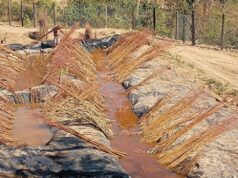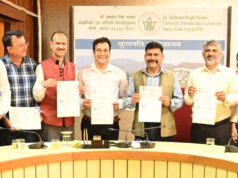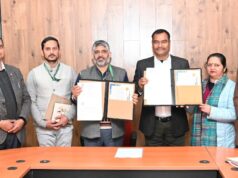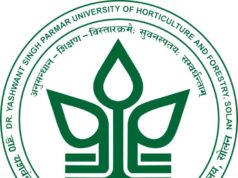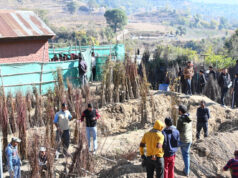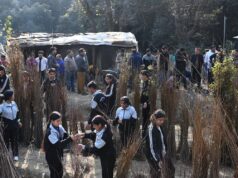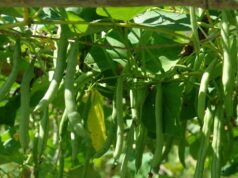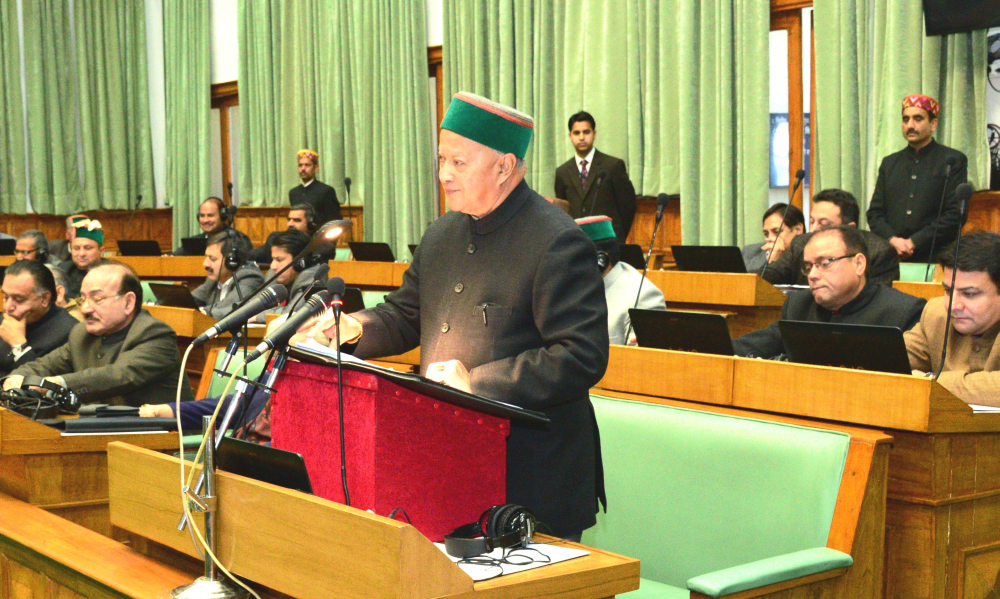UK-Based Expert Validates Discovery of Two Bactrocera prabhakari and Tephritis himalayae Fruit Flies
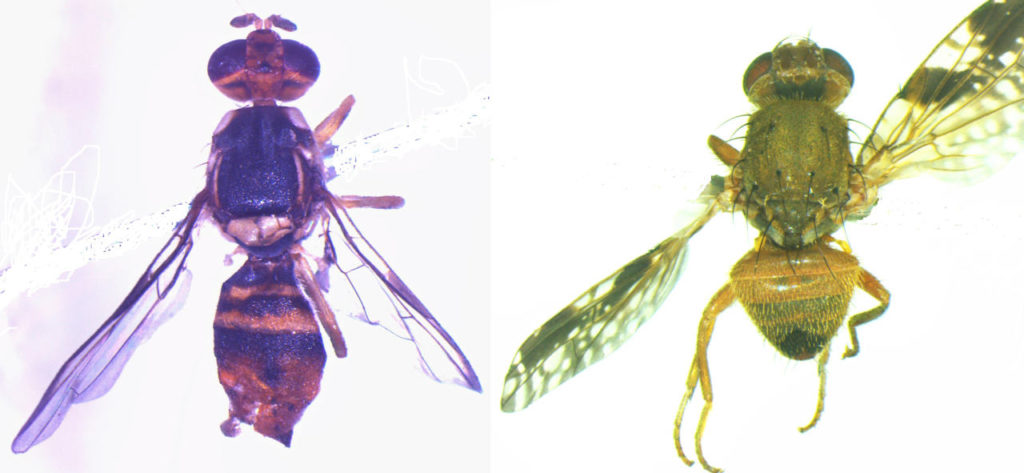
Nauni/Solan – In a groundbreaking achievement, a doctoral scholar at Dr YS Parmar University of Horticulture and Forestry, Nauni has unearthed two previously unknown fruit fly species during survey studies in Himachal Pradesh. The discovery adds not only to the scientific knowledge of entomology but also sheds light on the rich biodiversity of the region.
The doctoral research, conducted by Maneesh Pal Singh led to the identification of two new fruit fly species—Bactrocera prabhakari and Tephritis himalayae. The findings were confirmed after thorough characterization and consultation with Dr. David Lawrence Hancock, a renowned fruit fly taxonomy expert based in the UK.
B. prabhakari was found to be prevalent in the mid hills of Solan and Shimla districts, infesting a medicinal plant commonly known as Dutch eggplant. On the other hand, T. himalayae was discovered in the high and mid hills of the state, infesting Circium falconeri, an obnoxious and spiny orchard weed.
Dr. Maneesh Pal Singh described these new species, marking a significant contribution to the field of entomology. The research, published in the November and December issues of the ‘Zootaxa’ Journal, based in New Zealand, has brought global attention to the unique biodiversity of Himachal Pradesh.
The type specimens of the newly discovered fruit fly species have been deposited at the High-Altitude Regional Centre of the Zoological Survey of India in Solan, ensuring their availability for reference records and further study.
In addition to the two new species, the research also recorded Dacus fletcheri and Urophora terebrans from Himachal Pradesh for the first time in India, emphasizing the diverse insect life in the region.
Fruit flies, classified as pests of international importance with quarantine significance, pose a direct threat to various fruits. The higher diversity of fruit flies observed in Himachal Pradesh, compared to other North Indian states, underscores the need for continued research and conservation efforts.


